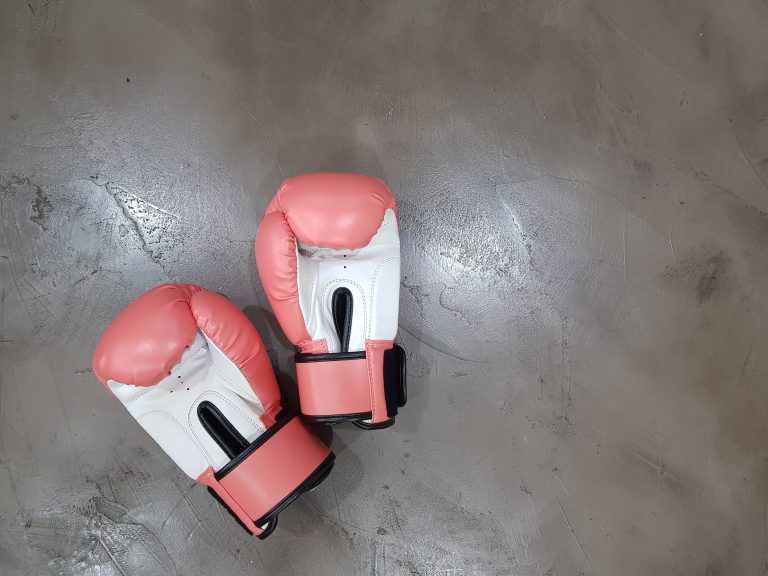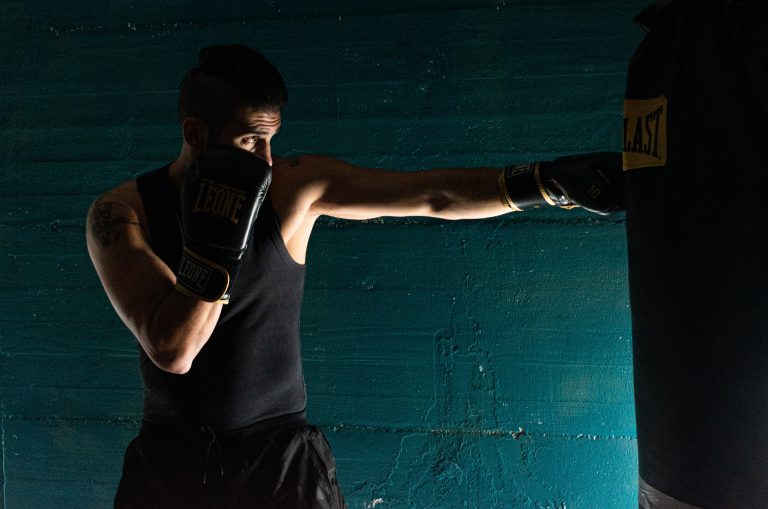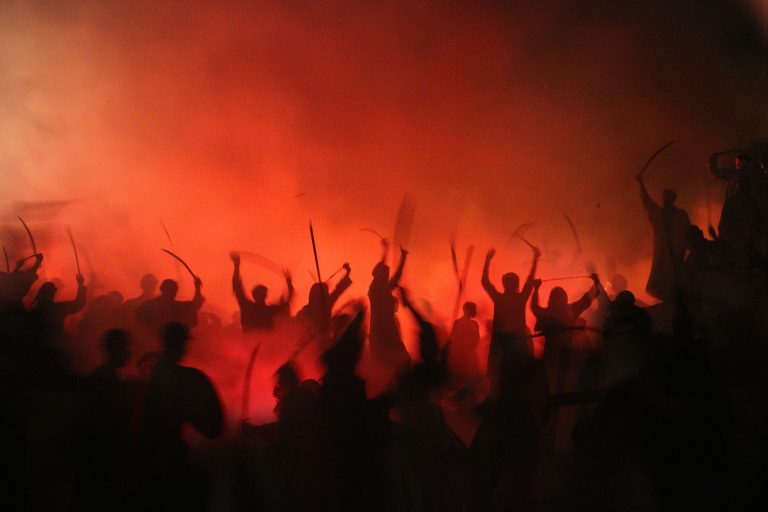Karate Belt Colours Order: An In-Depth Guide
Karate is a martial art that involves a lot of moves and techniques. It is a discipline that requires training and commitment to mastering the skills needed. One of the markers of achievement and progress in karate is the belt system. Karate belts come in different colours, and each colour symbolizes the wearer’s level of skill and accomplishment. Understanding the meaning behind each belt colour is crucial for any serious karate student. In this blog post, we will take a closer look at the karate belt colours order and their meanings.
White Belts
The first level of achievement in karate is the white belt. The white belt symbolizes purity and innocence, as the student is just starting their journey in karate. It also represents a blank slate, indicating the student’s openness to learning and growth. In most karate styles, the white belt is earned after the first few weeks of training.
Yellow Belts
The next level after the white belt is the yellow belt. A yellow belt symbolizes that the student has gained some basic knowledge and fundamental skills to start their karate journey. It is a sign of progress and improvement since the white belt. The yellow belt indicates that the student has learned the basic strikes, kicks, and blocking techniques in karate.
Orange Belts
After the yellow belt, the next level of achievement is the orange belt. The orange belt symbolizes that the student has expanded their knowledge in basic techniques and concepts. It represents a time when the student is starting to dig deeper into the knowledge and understanding of the martial art. The orange belt signifies that the student has gained a deeper understanding and has mastered more advanced concepts.
Green Belts
The green belt is the next level in the karate belt colours order. A green belt student has gained a more significant level of skill, dedication, and knowledge than a student with an orange belt. It is an indicator that the student has acquired a more profound understanding of the martial art and has come closer to mastering the basics of karate.
Blue Belts
The blue belt is the next level of achievement in karate. A blue belt symbolizes the accumulation of knowledge and skill, which results in the student becoming a more confident and authoritative karate student. At this level, the student will have consolidated all knowledge of the basic techniques and learned more advanced and complex moves.
Purple Belts
The purple belt is the second-highest rank in karate. It is a significant achievement for any serious karate student. A purple belt symbolizes that the student has become an expert in the basics and has started learning more complex moves and training in new techniques. At this level, the student has a deep understanding of the martial art and is capable of executing moves with speed, precision, and power.
Brown Belts
The brown belt is a high level of achievement in karate. A brown belt is a symbol of the student’s dedication, perseverance, hard work, and passion for the martial art. At this level, the student has a much higher level of skill, knowledge, and experience than at any previous level. They have developed the physical and mental toughness to face challenges and overcome obstacles.
Black Belts
The black belt is the highest level of achievement in karate. A black belt symbolizes mastery and expertise in the martial art. It is a testament to the student’s discipline, dedication, and hard work that has resulted in them achieving the highest level of skill in karate. The black belt is an indication that the student has learned all that they can and has now become a teacher, continuing the tradition and sharing their knowledge with others.
Karate Belt Colours Order: Most Frequently Asked Questions
Karate is a globally popular martial art that is renowned for its effective self-defense techniques and focus on personal development. One of the most identifiable aspects of karate is the system of coloured belts that represents the progress and rank of the practitioner. However, the order of karate belt colours can sometimes be confusing to beginners. To help clear things up, we’ve compiled a list of the most frequently asked questions about the karate belt colours order.
1. What is the order of karate belt colours?
The order of karate belt colours typically starts with white, followed by yellow, orange, green, blue, purple, brown, red, and finally black. However, the specific order and number of colours may vary depending on the style of karate and the individual dojo. It is always best to check with your instructor to confirm the specific belt order for your particular school.
2. What is the significance of each belt colour?
Each belt colour in karate represents a different level of proficiency and achievement. White represents the beginning of the journey, while black represents mastery. Yellow, orange, green, blue, and purple are intermediate stages that signify progress and improvement. Brown is a more advanced colour that denotes significant progress, and red is an indication of exceptional ability.
3. How long does it take to earn each belt?
The time it takes to earn each belt varies depending on the individual’s dedication, skill level, and the requirements of their specific dojo or karate style. Generally, it takes around three to six months of consistent training to earn a promotion to the next level, but this can be shorter or longer depending on the school’s standards.
4. When can I earn my first belt in karate?
The time it takes to earn your first karate belt depends on the individual school’s grading system. Most schools require at least three months of dedicated training before you are eligible to grade for your first belt, which is usually white. However, this time frame could be longer or shorter depending on your progress.
5. Is it possible to skip belts in karate?
Skipping belts in karate is unusual, but it is ultimately up to the discretion of the individual dojo or karate style. Some schools may allow students to skip belts if they show exceptional proficiency in their training or if they have prior experience from another martial art.
6. Do I need to wear a uniform to take karate classes?
Most dojos require students to wear a special martial arts uniform, known as a gi. This uniform is typically white and consists of a jacket and pants. It is recommended to wear a gi during training to acclimatize yourself to the traditional karate culture and make it easier for your sensei or instructor to teach you.
7. How do I know when to bow in karate?
In karate, bowing is a sign of respect and discipline. Students are expected to bow when entering or leaving the dojo, when facing the sensei, and at the beginning and end of class. It’s a good idea to follow the lead of other students in the class or ask the instructor directly if you are uncertain about when to bow.
8. Can I continue to practice karate after obtaining a black belt?
Yes, of course! Obtaining a black belt in karate is a great achievement, but it is not the end of your martial arts journey. In fact, many practitioners consider achieving a black belt as the beginning of their journey, as they continue to challenge themselves and improve their skills.
Karate Belt Colours Order: How to Progress Through Your Belts
If you’re interested in pursuing karate, one of your first questions might be about the different coloured belts and what order they come in. The coloured belt system is a way for beginners to track their progress as they improve in skill and knowledge. In this guide, we’ll break down the karate belt colours order, what each colour means, and how to progress through your belts.
The Basic Belt Colours
There are several different systems of karate, and the belt colours can vary slightly between them. However, most karate systems use some variation of the following basic belt colours order, from beginner to advanced:
1. White
2. Yellow
3. Orange
4. Green
5. Blue
6. Brown
7. Black
As you progress through the belts, you’ll earn different degrees of each colour. For example, you might start with a plain white belt, then earn a yellow belt, then a yellow belt with a stripe.
What Each Belt Colour Represents
Each belt colour represents a different level of skill and knowledge. Here’s what each belt colour generally represents:
– White: This is the starting belt for beginners. It represents purity or a blank slate, as the student has not yet begun their journey in karate.
– Yellow: The yellow belt represents the first stage of development. The student has begun to learn the basic techniques and principles of karate.
– Orange: The orange belt indicates that the student has achieved a basic level of proficiency in the fundamental techniques and is now ready for more difficult challenges.
– Green: The green belt represents growth and progress in skill and knowledge. The student has become more proficient in their techniques and is now ready to take on more advanced challenges.
– Blue: The blue belt represents a deepening understanding of the principles of karate. The student has honed their skills and is now able to apply them more fluidly.
– Brown: The brown belt represents nearing mastery. The student is highly skilled and knowledgeable but still has room for growth and improvement.
– Black: The black belt is the highest rank achievable in most karate systems. It represents mastery and a complete understanding of the principles of karate.
How to Progress Through Your Belts
In order to progress through the belts, you’ll need to learn and demonstrate proficiency in certain techniques and forms. Each karate school or system may have slightly different requirements, but here are some general guidelines:
1. Attend classes regularly and practice consistently. The more you practice, the more likely you are to progress quickly.
2. Learn and demonstrate proficiency in the required techniques for each belt colour. Your instructor will provide guidance on what you need to learn.
3. Memorize and perform the required forms (katas) for each belt colour. Katas are pre-arranged sequences of techniques and movements that you perform solo.
4. Test for each belt colour. Your instructor will assess your progress and determine if you’re ready to test for the next belt.
5. Repeat the process for each subsequent belt.
Conclusion
Understanding the karate belt colours order is an important part of the journey towards earning your black belt. Each belt colour represents a different level of skill and knowledge, and progressing through them requires hard work, dedication, and consistent practice. By following the guidelines provided by your instructor, you’ll be well on your way towards achieving mastery in karate.
Inhaltsverzeichnis






